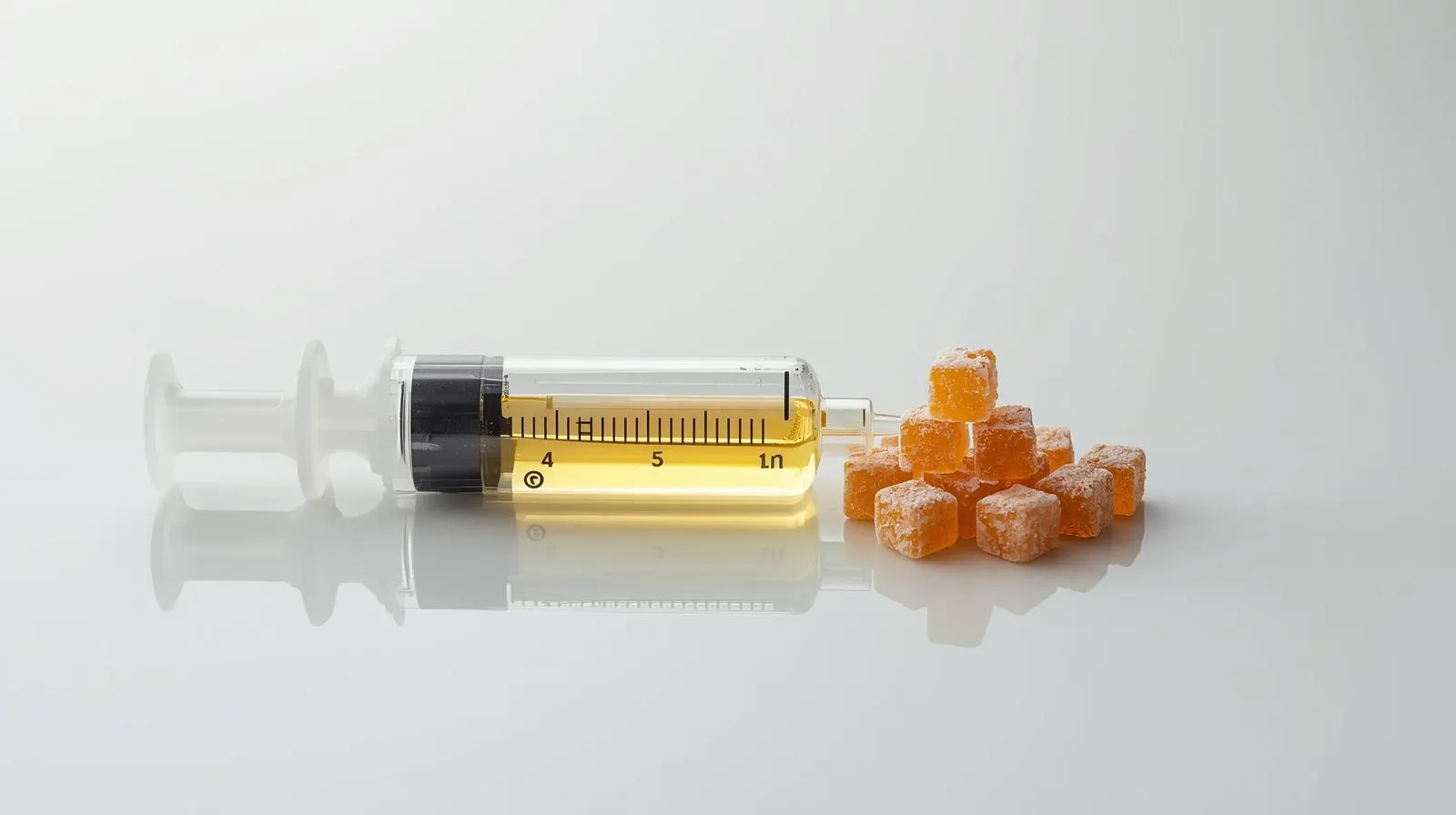Join Our Newsletter And Save 50%* On Your First Order
Get the lowdown on exciting updates, new products, exclusive discounts, and more.
*Good on WellspringCBD and Weltaday branded products only.
Get the lowdown on exciting updates, new products, exclusive discounts, and more.
*Good on WellspringCBD and Weltaday branded products only.

There are a few different ways to consume CBD, but it may be difficult to make note of the differences between CBD oil and CBD edibles. Which form do you prefer?
Remember in math class when you learned about the difference between squares and rectangles?
A rectangle is a four sided shape connected by right angles. A square is any four-sided shape connected by right angles, WITH equal length sides. Therefore, rectangles are squares but squares cannot be rectangles.
Sorry, I know you’re here to talk about delicious CBD edibles and not elementary school math! But the relationship between CBD oil and CBD edibles is very similar.
You can take CBD oil plain, or you can take CBD oil in a delicious edible. But an edible without CBD or THC is simply another treat!
UPDATE: THC edibles are now available for purchase.
If you’re looking into the world of CBD products for your daily aches and pains, it’s important to know the difference between plain CBD oil and CBD edibles.
Here are 6 differences between oil and edibles:
I know, I know. Most of your knowledge of cooking comes from cable TV shows, right?
First thing’s first: CBD oil can be the active ingredient in an edible, but you can’t have an “edible” without either CBD or THC.
In today’s rapidly changing market, it’s important you understand cannabis terms like these. More and more states are making medical cannabis legal for anyone over 21.
Now that you know the basic definition of an edible, let’s go into even more detail…
If you’re unsure how your body will react to CBD, it’s important to start with small, controlled amounts.
The best CBD oil is extracted from hemp in a laboratory environment. Part of this process includes carefully measuring milligrams of CBD compound per serving of oil.
When you buy CBD oil, you’re provided with a detailed label showing you serving size information. Whether you’re using a 10ml tube to administer the oil in it’s natural form, or taking a CBD capsule, you always know exactly how much CBD you’re consuming.
Edibles might not be as straightforward. You can control how much CBD is put into a bowl of cake batter, for example. However, it can be tough to know that your CBD is evenly distributed into each cookie if you choose to make your own.
No matter how careful you are, there is no foolproof way to control exactly how much CBD an edible has. In this way, CBD oil is much more exact.
Hopefully, you’ve guessed by now that edibles are meant to be eaten and not ingested any other way! Go figure.
You don’t necessarily have to take CBD oil by mouth, though. In cases of jaw injury or nausea, many patients use CBD suppositories to get the relief they need.
The ways to get your needed servings of CBD oil are practically endless. Many people who use it to relieve the pain of arthritis use CBD cream directly on the affected joints. You can vape CBD oil if you prefer the feeling of smoking.
If you’re having a hard time keeping any food down, edibles may not be the best option. But there are plenty of other ways to get the same relief from straight CBD oil.
Edibles can be a fun and delicious way to get your daily amount of soothing CBD oil.
But before you can start feeling the effects, your body needs time to break down the food and absorb the CBD into your bloodstream. This process can take anywhere from half an hour to several hours. The effects you feel will linger much longer as well.
Straight CBD oil is much easier to send directly to your bloodstream. When you put CBD directly under your tongue, you can feel the relief generally within a few minutes, on average.
Whatever your reason for taking CBD oil, take into consideration how quickly you’ll need your medication to work.
Just like any other kind of food, you can buy edibles premade or make them yourself at home with a little more time and effort.
Extracting CBD oil from hemp, however, is much more complicated!
Some experienced cannabis users would argue it’s not too hard to strain your own cannabis oil at home. This involves taking whole cannabis flower and straining it to make cannabis-infused oil or butter.
That is not the same as CBD oil! Although there are strands of cannabis flower that are much higher in CBD, flower always contains THC. Furthermore, it is not currently legal to purchase cannabis flower in all 50 states.
Let the professionals extract your CBD oil from hemp to stay legal, and THC free.
If you’re new to the world of CBD oils, all the different product options can feel overwhelming.
Especially with laws around cannabis consumption changing so fast, it can be hard to tell if what you’ve heard about edibles in the past still holds true.
Important differences between CBD edibles and regular CBD oil:
Want to try some CBD edibles or oil for yourself?
Check out some of these products! We’re happy to help.
5 Differences Between CBD Waxes and CBD Capsules
The Difference Between CBD Isolate and Full Spectrum CBD Oil